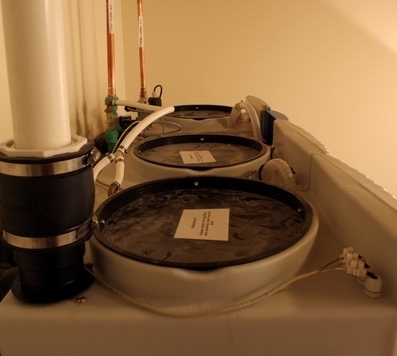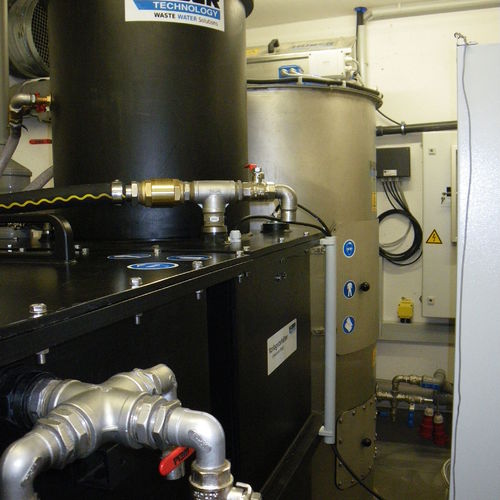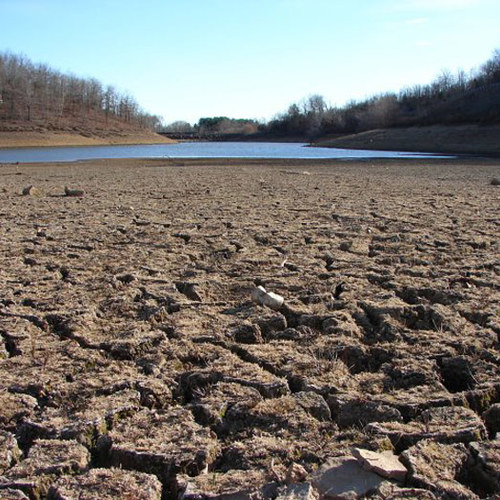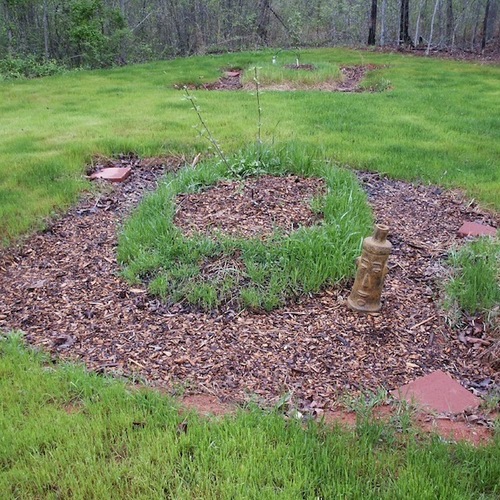
Image Credit: Daniel Morrison
Ever wonder why we habitually waste so precious a resource as water? We seem to be more conscious of wasted electricity than water going down the drain. Maybe it’s because of the speed of the dial going around in the meter.
Wasted water is a loss in at least three ways. First, the direct cost of the resource itself. In addition, most utility companies charge a sewer fee based on the amount of water used. And there is a cost to get the water to your home. Water pressure to deliver the 40 psi pressure (minimum required by the International Residential Code) comes from pumps that consume energy in the form of electricity or fossil fuel at various pumping stations along the way to your home. We spend 56 billion kWh delivering potable water to our taps every year. That’s enough to power all the electricity for 43,000 homes!
Each person in the United States uses about 100 gallons of water every day. We only drink about 1% of that. Much of the remaining water is used to facilitate sewage disposal or landscaping. Toilets represent a significant demand for water. Older toilets use several gallons per flush. A green home must be one that makes efficient use of all water.
Imagine using some of the water that would otherwise go down the drain a second time. This is called gray water— domestic wastewater that has been used at least once and is effectively recycled for additional use. It may not be potable, but it can serve to flush toilets or irrigate the yard. Gray water is traditionally drawn from lavatories, bathtubs, showers, laundry trays, or clothes washer that have lighter impurities, such as soap or skin residue. It serves the toilet’s needs, and at no additional cost! Use of gray water as illustrated at right would be diverted to a tank and either fed to landscaping or retained until needed for flushing.
But, you may ask, is it approved? Appendix O of the IRC sets out prescriptive standards for gray water systems. There are even schematic illustrations that provide the novice with sufficient detail to install one. Appendix O may serve as an option for you to install in lieu of traditional sewer routing and for landscaping. These provisions are optional for each jurisdiction to adopt or not. For it to be legally available to you it must be adopted as part of the building code. In any case, you could take advantage of this provision through the use of Section R104.11 of the IRC, “Alternative Materials and Methods of Construction.”
Materials for the system are the same as for drain, waste, and vent piping. They must be inspected in the same manner as well. Any connection between gray water systems and the potable water system must ensure adequate protection to avoid cross connection. The gray water must pass through a filter such as media, sand, or dichotomous earth filter. A full open valve must be installed downstream of the last fixture to allow for maintenance and repair of the system. The holding tank or reservoir must be durable, nonabsorbent, corrosion resistant, and gas-tight.
For inspection and maintenance purposes, access panels are required on the tank. The collection reservoir must have an overflow pipe at least as large as the influent pipe. The drain pipe must be the same size as the overflow pipe. The drain must be on the lowest point of the reservoir and indirectly connected to the sanitary drainage system. The reservoir must have a vent to allow proper drainage and to prevent syphonage. Where gray water is used for flushing toilets, a disinfectant such as chlorine, iodine or even ozone must be used.
There are several other requirements for both flushing and landscape irrigation so be sure and ask your local building official.
Weekly Newsletter
Get building science and energy efficiency advice, plus special offers, in your inbox.














5 Comments
Wasted Water ...down the drain
We for sure are pouring a lot of water down our drains....
How much water does it take to rinse a toothbrush?
Why rinse a plate?
Do we really need to rinse the entire time we are taking a shower?
If we got smarter about what goes down the drain..there would not be much going down the drain except the stuff that should be going to the community waste water treatment.
We need foot pedal operated faucets and smarter water delivery strategies... not Biology experiments that need to be maintained and pumped around.
Have you ever smelled grey water?
simple greywater
I don't disagree with any part of this post, but I would like to point out that the greywater system diagram shown (and in particular the use of a pump) is overcomplicated and really not appropriate for the residential scale. Direct drainage under gravity power is really your best option at that scale -- gravity is free, and it doesn't get jammed by hair.
For a really practical and detailed manual covering a wide variety of system types and applications, I recommend Create an Oasis with Greywater.
Ed's Note
We didn't have the proper rights to use the illustration that Brent is referring to. In its place is a photo I took of a gray water system in a house in Omaha, NE.
Sorry for the disconnect,
Dan
to the extreme
I'd like to build one of these "living machines" someday: http://www.livingmachines.com/about/. They are SERIOUS graywater recyclers and then some.
Diatom Algae to aerate grey water
We are promoting a revolutionary new solution to recycling grey water.
The aeration referred to in the post above can be done using Diatom Algae.
Diatoms are microscopic aquatic plants that release huge amounts of Oxygen during photosynthesis and they also consume organic matter in the water.
Use of Diatoms would require a larger tank thats exposed to sunlight.
We have a patented micro nutrient mix that causes a bloom of Diatoms.
We would like to work with Green Building technologists to implement this solution.
best regards
Bhaskar
http://www.kadambari.net
Log in or create an account to post a comment.
Sign up Log in